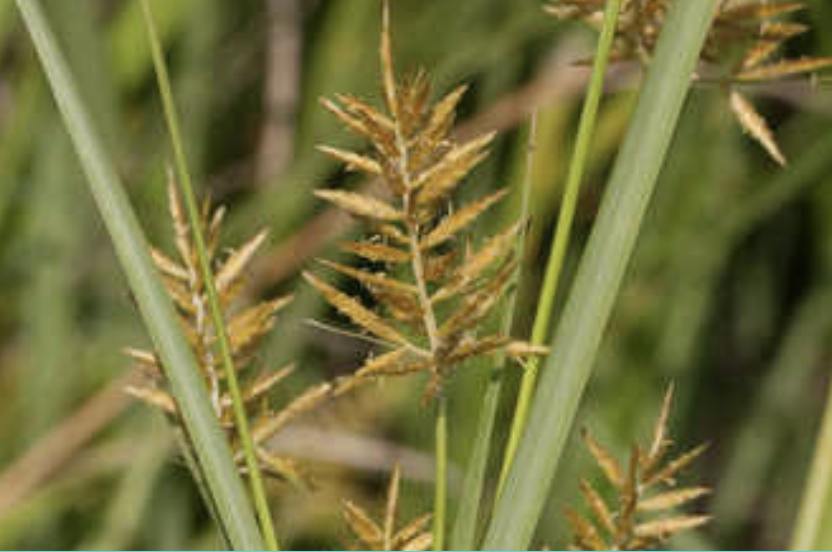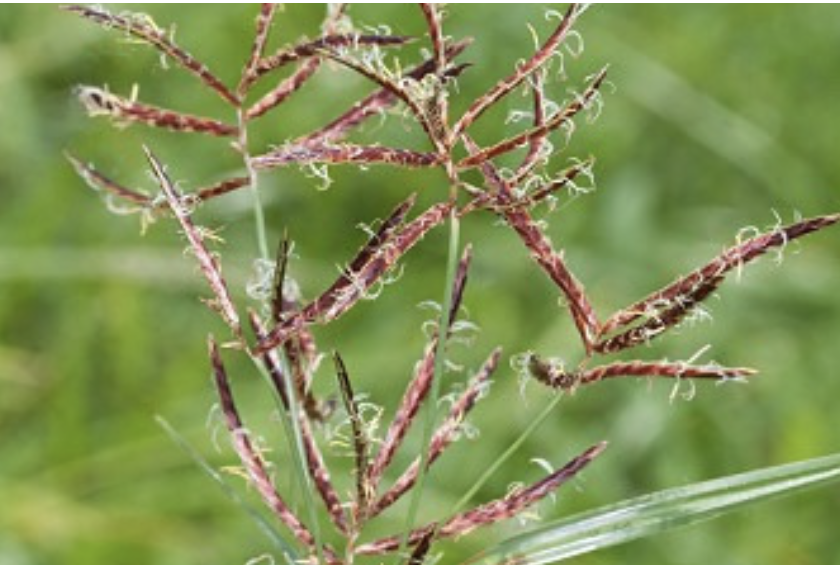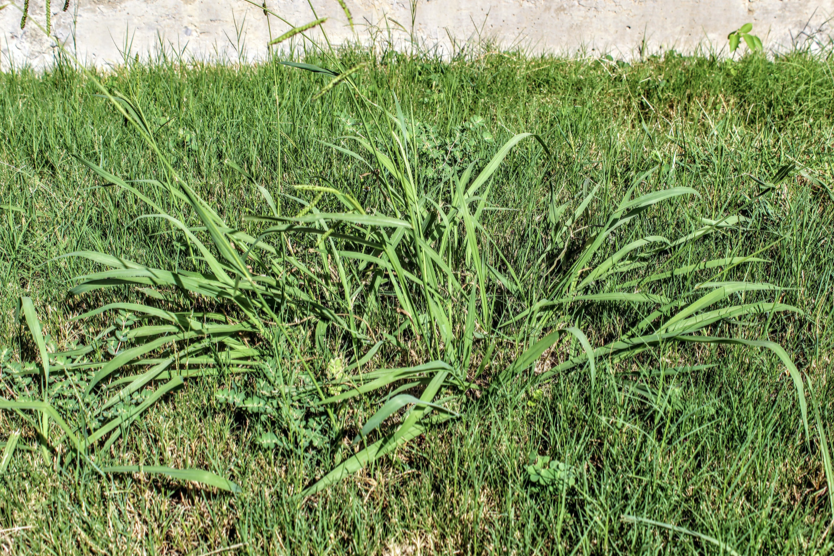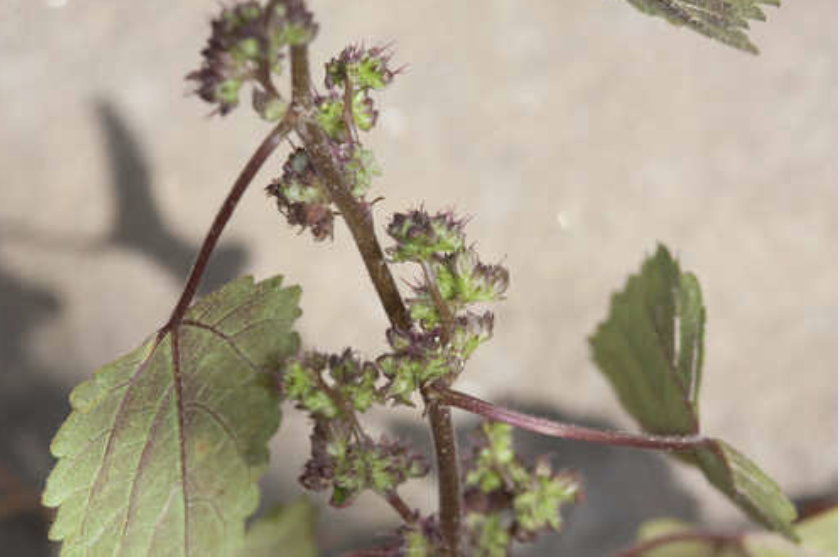Common Mississippi Landscape Weeds
With warm weather arriving, many people are starting to think about their landscape plan for the spring and summer. It’s so exciting to get those colorful flowers planted. But with warmer weather, we also get unwanted, pesky weeds. It’s inevitable to have some type of weed pop up in your flower beds, gardens, or lawn at some point during the summer. But before you can get rid of them, you need to know what they are. Do you know how to identify them?
Here are three common weeds you may find in your flower beds and lawn:
1. Nutsedge: Nutsedge is an aggressive, invasive weed. In fact, it only takes one nutsedge plant to start an infestation in your landscape bed or lawn! There are two common types of nutsedge that occur in Mississippi: yellow and purple. Yellow nutsedge has yellow-green leaves that end with a finely pointed tip and spiky yellow flowers, while purple nutsedge has dark green leaves with a blunt pointed tip and purple-brown spiky flowers. However, these two nutsedges are part of a much larger family of plants that contains several hundred annual and perennial sedges. An easy way to identify all sedges is their triangular shaped stems. To learn how to treat nutsedge, check out this post from Clemson University Extension. Remember to read and follow instructions on all pesticide labels. If you do not understand the label, contact your local county Extension agent for clarification.


2. Crabgrass: Crabgrass is a warm-season grass that can reach up to 3 feet tall in good growing conditions. There are a few different species of crabgrass, all of which germinate in the spring and growing in summer. Crabgrass is one tough weed likely introduced into North America by early colonists. Because of its sprawling growth pattern, it may look like a clump of low growing grasses. Clemson University Extension also offers information on how to tend to crabgrass that may have emerged in your landscape. Again, remember to read and follow instructions on all pesticide labels. If you do not understand instructions on the label, contact your local county extension agent to ask for clarification.

3. Hairy crabweed: Less widely known in comparison to the others, hairy crabweed is a prolific and persistent weed you may find in your landscape beds. They are sometimes called mulberryweed because they look like mulberry trees. Hairy crabweed thrives in moist, shady areas, and can range in size anywhere from one inch to over three feet. Persistence is the key to control as this weed will germinate from early summer until frost. Those that produce seeds produce them by the millions. Extension Publication 3204, “Hairy Crabweed,” offers great advice on how to deal with this weed in your landscape. Remember to read and follow instructions on all pesticide labels. If you do not understand instructions on the label, contact your local county extension agent to ask for clarification.

If you have any of these weeds in your flower beds or around your landscape, Extension Publication 3279, “Weed Management Strategies for Ornamental Landscape Beds and Ground Covers,” offers advice on how to treat these weeds and many others. It’s a great publication to keep handy!
Subscribe to Extension for Real Life
Fill in the information below to receive a weekly update of our blog posts.









